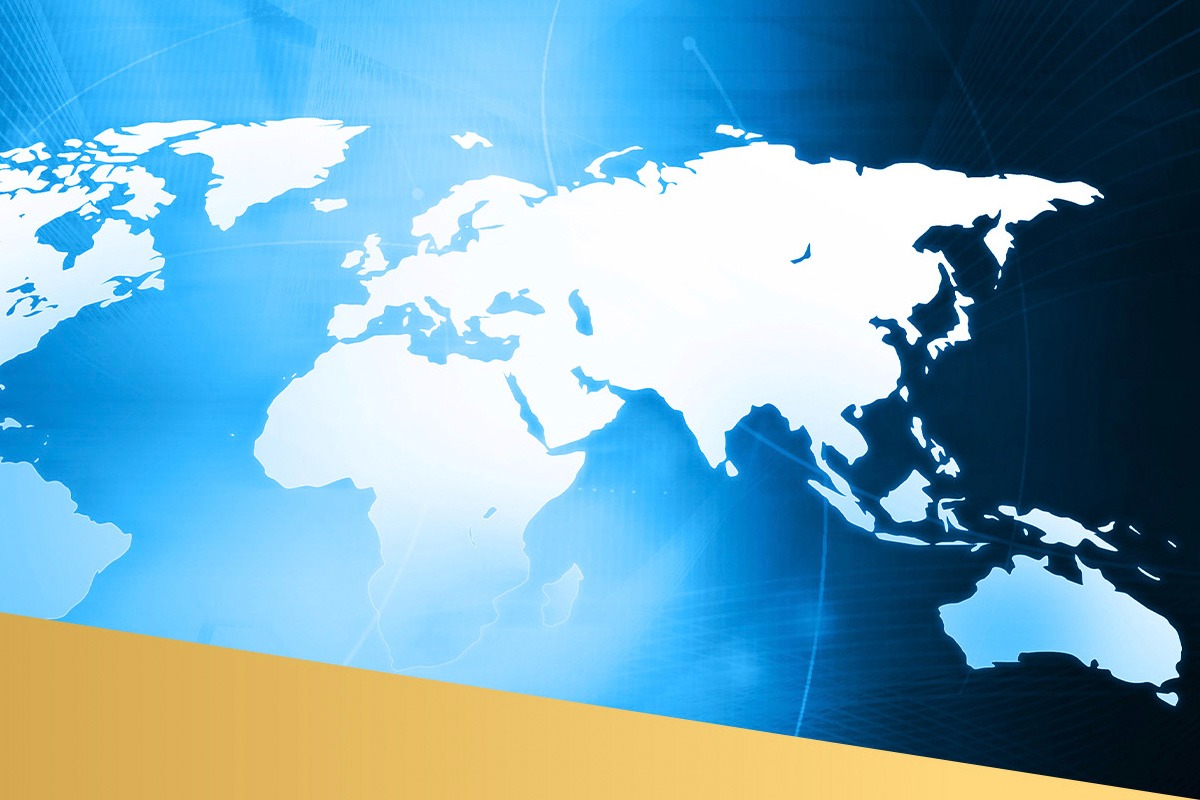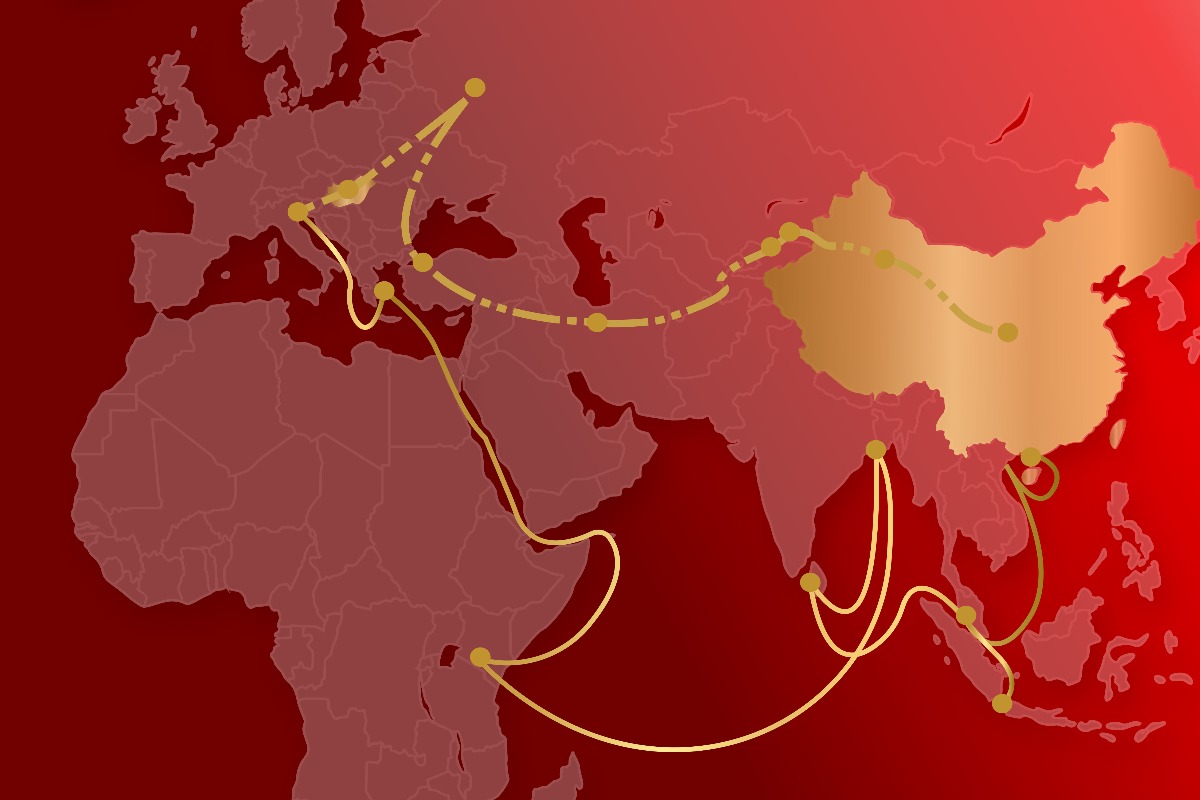Levente Horváth, Ph.D.,
Director of the Eurasia Center,
Editor-in-Chief of Eurasia
Throughout world history, there has been constant competition between countries, because whoever takes the lead can have the greatest influence on changing the world order.
Until the Age of Discovery, countries strove to be the strongest economically and militarily in their own region, and then to see who could acquire more valuable new land through colonisation. And with the industrial revolutions, competition in technological development began. These intertwined competitions culminated in the two world wars: Land acquisition, military might, technological advantage, prosperity. In the Cold War, of course, military power, technological development and the economy remained part of the competition, but since it is no longer possible to colonise, discover and acquire new land, the former colonisation was replaced by the development of alliance systems and the idea of acquiring territories outside the earth.


